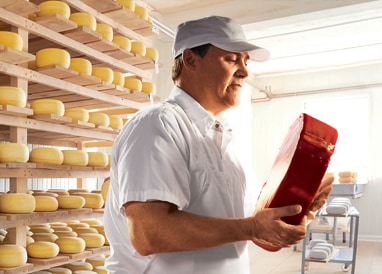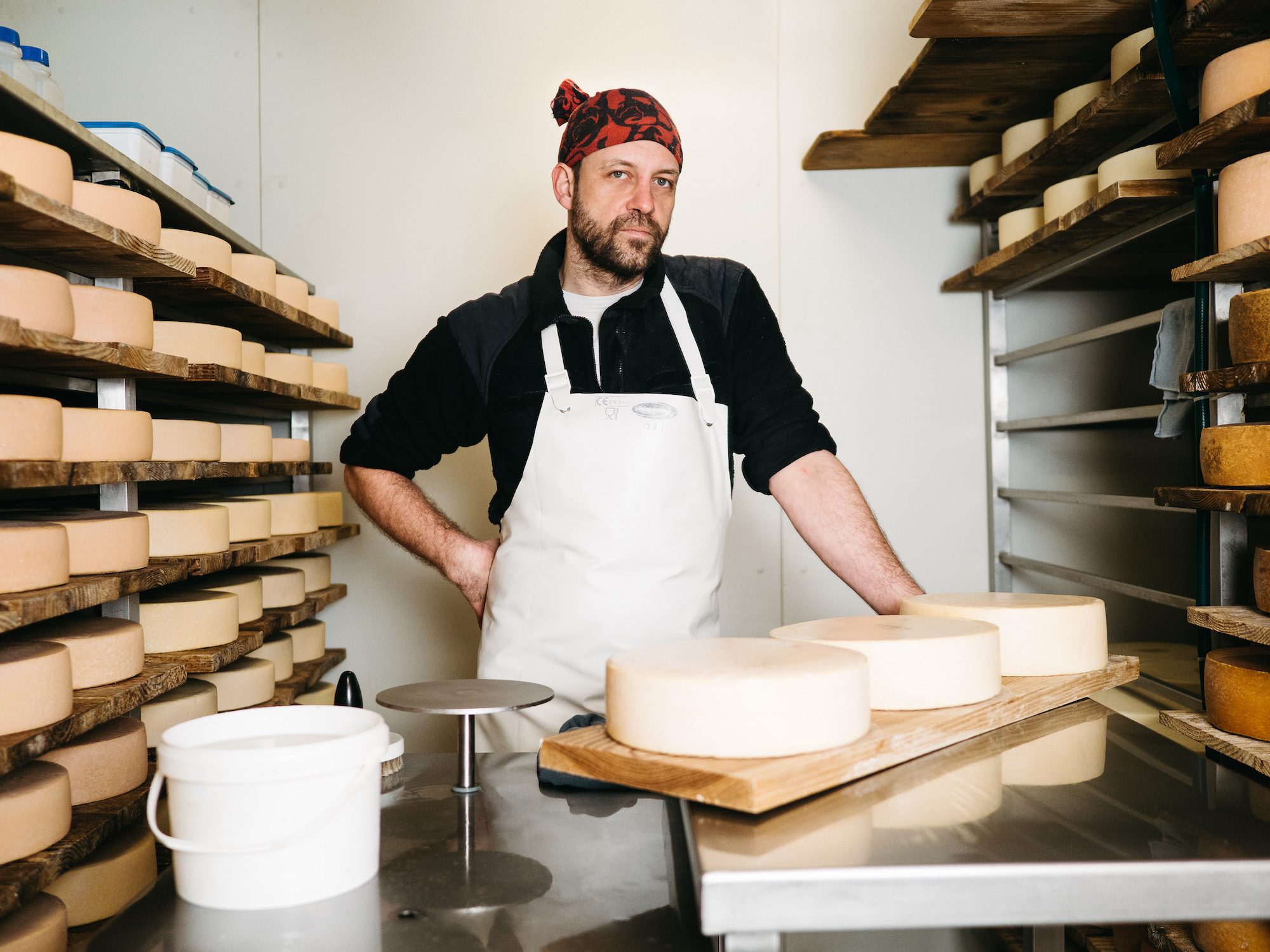Unlocking the Tricks of Artisanal Cheese Making: A Detailed DIY Overview
In the realm of cooking workmanship, artisanal cheese making stands as a testimony to the fragile equilibrium in between tradition and development. As we begin on this journey to demystify the art of producing beautiful cheeses, we are faced with a tapestry of skills and tricks waiting to be unwinded.
Choosing the Right Milk
When getting started on the journey of artisanal cheese production, the option of milk plays a critical function in identifying the quality and features of the final item. The type of milk picked impacts the taste, structure, and generally profile of the cheese.
Furthermore, the source of the milk, whether from cows, goats, sheep, or buffalo, contributes unique tastes and attributes to the cheese. Each kind of milk brings its own subtleties, enabling for a broad array of cheese selections to be crafted based on the chosen milk.
Culturing and Coagulating
To initiate the cheese-making process, the vital actions of culturing and coagulating have to be carefully performed to transform milk into curds and whey. Culturing includes presenting valuable microorganisms to the milk, which after that starts the fermentation procedure. These microorganisms transform lactose (milk sugar) right into lactic acid, developing the acidic environment essential for coagulation. The type of society made use of can significantly impact the flavor, structure, and ripening of the final cheese product.

The timing and temperature control throughout culturing and coagulation are essential aspects that affect the last result of celebrity. Appropriate execution of these actions is necessary to guarantee the wanted appearance, flavor, and uniformity of the artisanal cheese being created.
Draining and Pressing Curds
After the milk proteins have actually coagulated and the curds have been cut to launch whey, the following critical step in artisanal cheese making entails draining and pushing the curds to achieve the preferred structure and uniformity of the last cheese product. The time for draining pipes can differ depending on the type of cheese being made and the desired dampness content.
When the curds have actually sufficiently drained, the following action is pressing. Pressing helps eliminate any remaining Continue whey and compacts the curds to develop a strong cheese wheel. Pressing can be done using specialized cheese presses that use gentle and constant pressure over a duration of time. The period and pressure applied during pressing will certainly affect the last structure of celebrity, from velvety and soft to tough and firm. Proper pressing and draining pipes are vital steps that substantially influence the high quality and qualities of the artisanal cheese being produced.
Aging and Flavoring Strategies
Executing meticulous aging and flavor techniques is essential in boosting the depth and intricacy of artisanal cheeses, elevating their preference profiles to exquisite degrees of refinement and class. Aging plays an essential duty in establishing the unique tastes and textures that differentiate artisanal cheeses.
Flavoring methods additionally contribute substantially to the last preference of artisanal cheeses. Cheesemakers might choose to present added flavors by including ingredients such as natural herbs, seasonings, or perhaps fruits right into celebrity throughout the manufacturing procedure. Additionally, some cheeses are washed or scrubed with numerous fluids, such as more brine or alcohol, to improve their tastes and appearances.
Covering and Saving Cheeses

Conclusion
Finally, grasping the art of artisanal cheese making involves thoroughly picking the appropriate milk, complying with precise culturing and coagulating procedures, draining and pushing curds successfully, and utilizing various aging and flavoring methods. By adhering to these steps diligently and with interest to information, you can develop your own tasty and one-of-a-kind this content cheeses in your home. Bear in mind to wrap and keep your cheeses correctly to make certain optimal flavor and structure growth. Happy cheese making!
Each type of milk brings its own subtleties, allowing for a broad range of cheese varieties to be crafted based on the selected milk.After the milk proteins have actually coagulated and the curds have actually been reduced to release whey, the next important action in artisanal cheese making entails draining and pressing the curds to attain the wanted texture and uniformity of the final cheese product. Most cheeses should be wrapped in wax paper or cheese paper to enable them to breathe while safeguarding them from drying out. For cheeses that require to proceed aging, such as bloomy peels or cleaned skins, guarantee they are kept in a great atmosphere like a cheese cavern or a fridge established to the suitable temperature. By paying attention to the wrapping and storage space of artisanal cheeses, cheese manufacturers and lovers can preserve the integrity of these specials and completely enjoy their complex tastes.
Comments on “The Most Effective of Melbourne Made Cheese: Floridia Cheese Melbourne's One-of-a-kind Offerings”